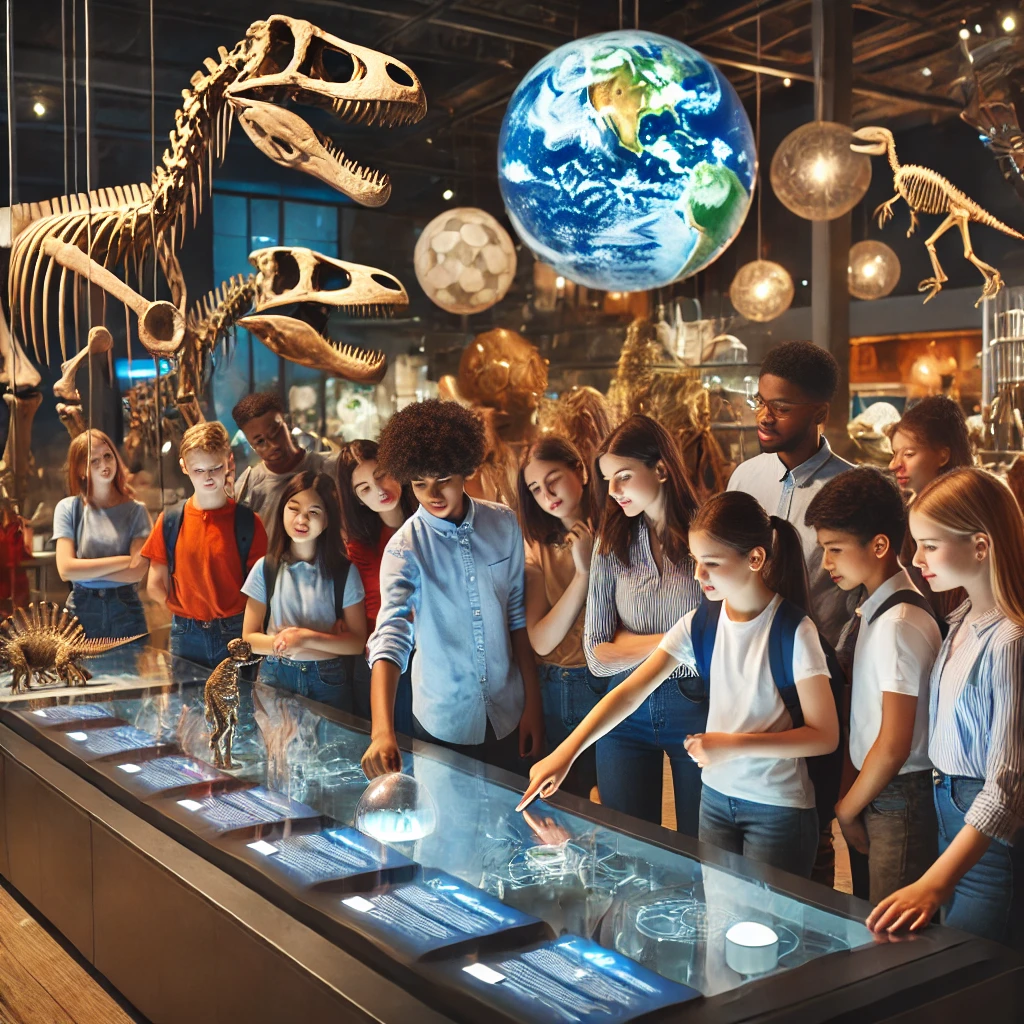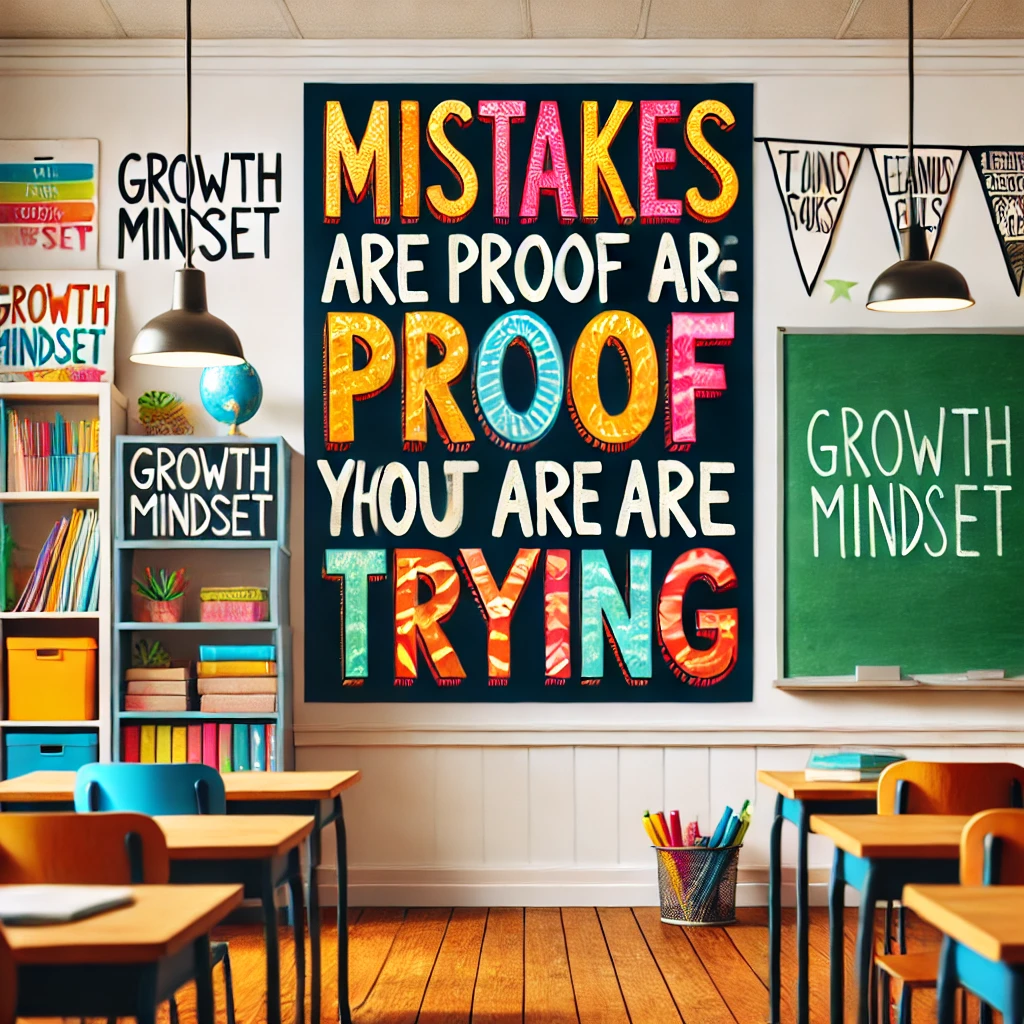Curiosity is the fuel that drives lifelong learning. A classroom that nurtures inquisitiveness transforms students into self-motivated learners, equipping them with the skills to navigate an ever-changing world. Education should not just be about acquiring knowledge; it should inspire students to ask questions, challenge norms, and explore new ideas. But how can educators cultivate a culture of curiosity that goes beyond rote learning and textbooks? Here are some effective strategies to inspire lifelong learners and create an engaging classroom environment.
1. Encourage Inquiry-Based Learning
Inquiry-based learning shifts the focus from passive reception to active exploration. Encouraging students to ask questions and seek their own answers fosters critical thinking and deepens understanding. When students drive their own learning, they become more engaged and invested in the process.

How to implement it?
- Pose open-ended questions that require deep thinking.
- Allow students to research topics of interest and present their findings.
- Design projects that require students to solve real-world problems.
- Use interactive learning tools such as quizzes, debates, and storytelling exercises.
2. Create a Safe Space for Exploration
A classroom that values curiosity is one where students feel safe to voice their thoughts without fear of being wrong. Learning should be a journey of discovery, where mistakes are seen as stepping stones to success. Teachers play a crucial role in building a culture of trust where students feel comfortable taking intellectual risks.
Strategies to create a safe learning environment:
- Celebrate mistakes as learning opportunities.
- Encourage students to share different viewpoints without judgment.
- Develop an open-door policy where students feel free to discuss their ideas.
- Provide positive reinforcement for effort and curiosity.
3. Integrate Real-World Connections
When students see the relevance of their lessons to everyday life, their curiosity and engagement increase. Theoretical concepts become much more interesting when applied to real-world scenarios.

Ways to connect lessons with real life:
- Use case studies, industry examples, and current events to illustrate topics.
- Organize field trips, guest lectures, or virtual industry interactions.
- Assign students projects that address real-world issues, like environmental conservation or social change.
- Encourage entrepreneurship and innovation through problem-solving activities.
4. Foster a Growth Mindset
A growth mindset helps students embrace challenges and persist in the face of difficulties. When students believe that intelligence and abilities can be developed through effort and perseverance, they become more resilient learners.

How to instill a growth mindset?
- Encourage self-reflection and goal-setting.
- Provide constructive feedback instead of focusing solely on grades.
- Teach students about famous personalities who overcame failure.
- Use motivational quotes and stories to inspire resilience and perseverance.
5. Leverage Technology and Digital Resources
Technology opens endless doors for self-learning and exploration. In today’s digital era, students have access to unlimited information, and educators should harness this power to enhance classroom learning.
Ways to integrate technology into learning:
- Introduce students to online courses, educational apps, and interactive simulations.
- Use gamification techniques to make learning more enjoyable.
- Encourage students to participate in global discussions and forums.
- Implement digital storytelling, podcasts, and video projects.
6. Promote Collaborative Learning
When students learn together, they expand their knowledge beyond textbooks. Group projects and peer discussions encourage students to learn from each other’s perspectives, fostering teamwork and interpersonal skills.

How to make learning collaborative?
- Assign group research projects that require diverse perspectives.
- Implement peer teaching, where students explain concepts to each other.
- Use interactive learning techniques such as role-playing and debates.
- Encourage students to work on interdisciplinary projects that combine different subjects.
7. Celebrate Curiosity and Creativity
Recognizing and rewarding inquisitiveness can inspire students to keep exploring. Acknowledging their efforts, whether through innovation challenges, creative presentations, or classroom exhibitions, encourages a lifelong learning mindset.
Ways to celebrate curiosity:
- Organize idea-sharing sessions or “curiosity corners.”
- Encourage passion projects where students explore topics of personal interest.
- Showcase student-led innovations and problem-solving initiatives.
- Provide platforms where students can present their ideas, such as school magazines or TED-style talks.
Conclusion
Fostering curiosity in the classroom is not just about making lessons engaging—it’s about preparing students for a future where learning never stops. By creating an environment that values questions, exploration, and creative thinking, educators can empower students to embrace learning beyond the classroom walls.
Education should be a journey of continuous discovery, and by encouraging students to remain curious, we equip them with the ability to think critically, solve problems innovatively, and adapt to an ever-evolving world. As educators, our mission is to spark that initial flame of curiosity and nurture it into a lifelong passion for learning.


